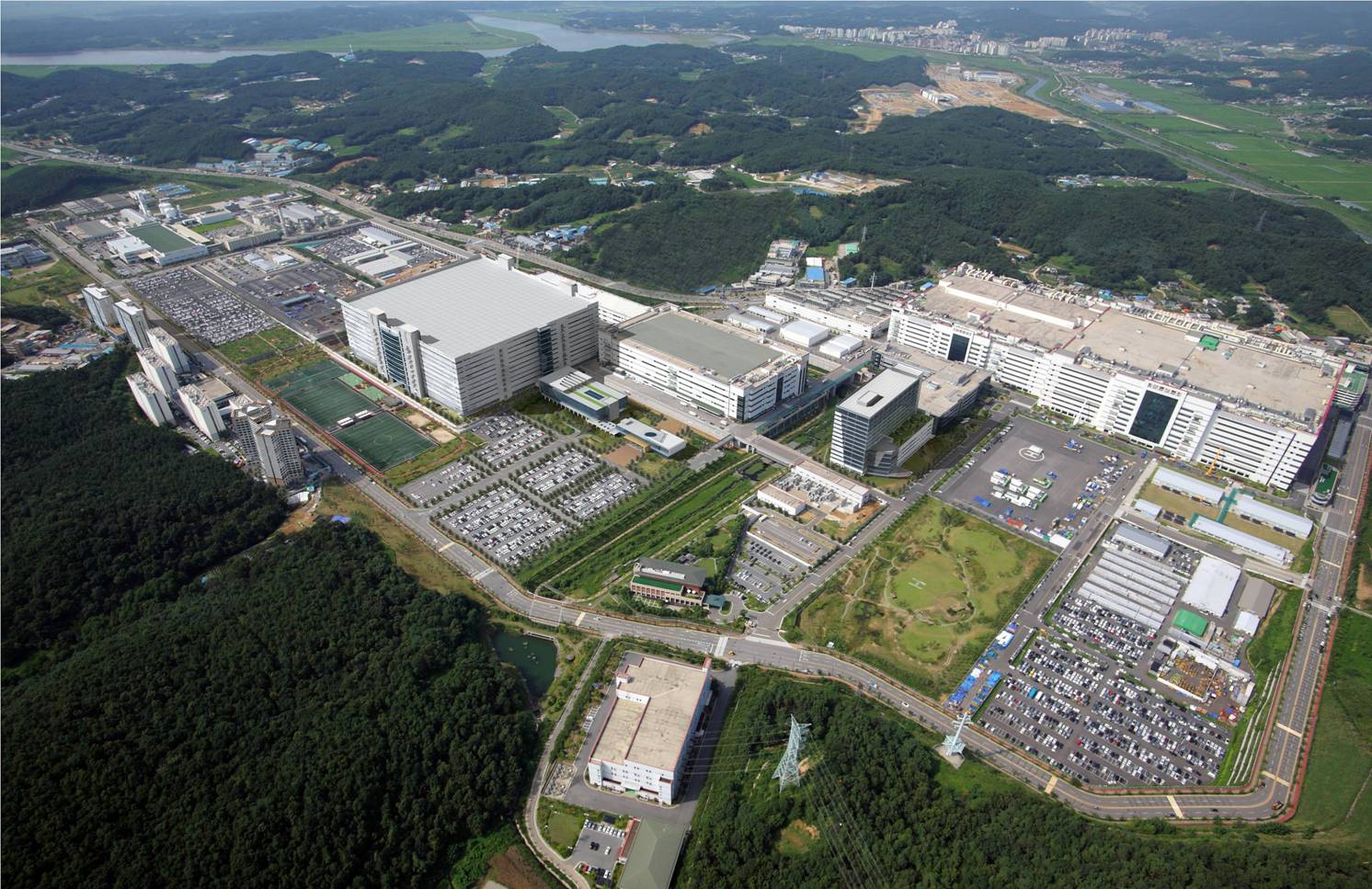
As Apple is said to be bankrolling its supplier LG Display’s OLED expansion, analyst Ming-Chi Kuo of KGI Securities yesterday shared his thoughts on the matter.
In his note to clients, a copy of which was obtained by MacRumors, the revered analyst predicted LG’s display-panel-making arm would capture between ten and twenty percent of iPhone OLED display production in 2019 and between twenty and thirty percent in 2020.
He believes Apple is “committed to having LG Display geared up for its OLED iPhone display business in 2018” because Tim Cook & Co. have been looking to diversify the company’s sourcing and limit Samsung’s leverage.
Here’s an excerpt from Kuo’s note:
We think Apple is therefore committed to having LG Display geared up for its OLED iPhone display business in 2018 as it seeks to reduce supply risks.
Even though LG Display may likely start off with minimal initial penetration in 2018 (we estimate no more than four to six percent), the effort, with the full commitment of both Apple and LG Display, will help LG Display mature during the process and steadily gain supply share from 2019 onward.
This will in turn continuously boost Apple’s bargaining power on OLED prices.
Kuo said LG Display could increase OLED shipment yield rates due to its cooperation with other suppliers, despite the fact that Samsung is now Apple’s sole iPhone OLED panel supplier.
As LG Display’s strengths are in front-end processes, collaborating with a specialized back-end process provider such as Foxconn and its subsidiary General Interface Solution (GIS) could, in Kuo’s view, “significantly boost” iPhone OLED panel output rate.
LG Display should partner with suppliers GIS, MegaSite and Foxconn for improved lamination and vertically integrated production, the analyst added.
LG Display is spending big money on boosting OLED capacity, having earmarked a total of $13.5 billion for OLED production line expansion after admitting to being late in switching to this power-saving screen technology.
“This is a big project for us. We have delayed the decision because we had to consider multiple options in a long-term perspective through 2020,” LG Display CEO and Vice Chairman Han Sang-beom said during a presser at the LG Twin Tower on Yeouido, Seoul, last week.
“We have received favorable responses to the OLED wallpaper and the crystal sound OLED products. We have decided on the investment, judging that it has enough potential.”
The worldwide market for mobile OLED panels is currently dominated by Samsung Display, which is responsible for more than 95 percent of the world’s total OLED output.
But given Apple’s major switch to OLEDs starting with iPhone 8 and given the size of its sales, OLED are about to be mainstreamed as the default smartphone display technology.
As a result, suppliers have been spending big bucks to establish OLED production plants, which in turn should help drive prices down and reduce Samsung’s share of the OLED panel market.
Photo: LG’s existing “P10” Paju facility, the world’s largest OLED plant.